Fragmented Memories
Images and text from Fragmented Memories, an exhibition of textile art, prints and projection by Ruth Halbert & Jane Ziemons at Spectrum Project Space, ECU, Perth, in September 2019.

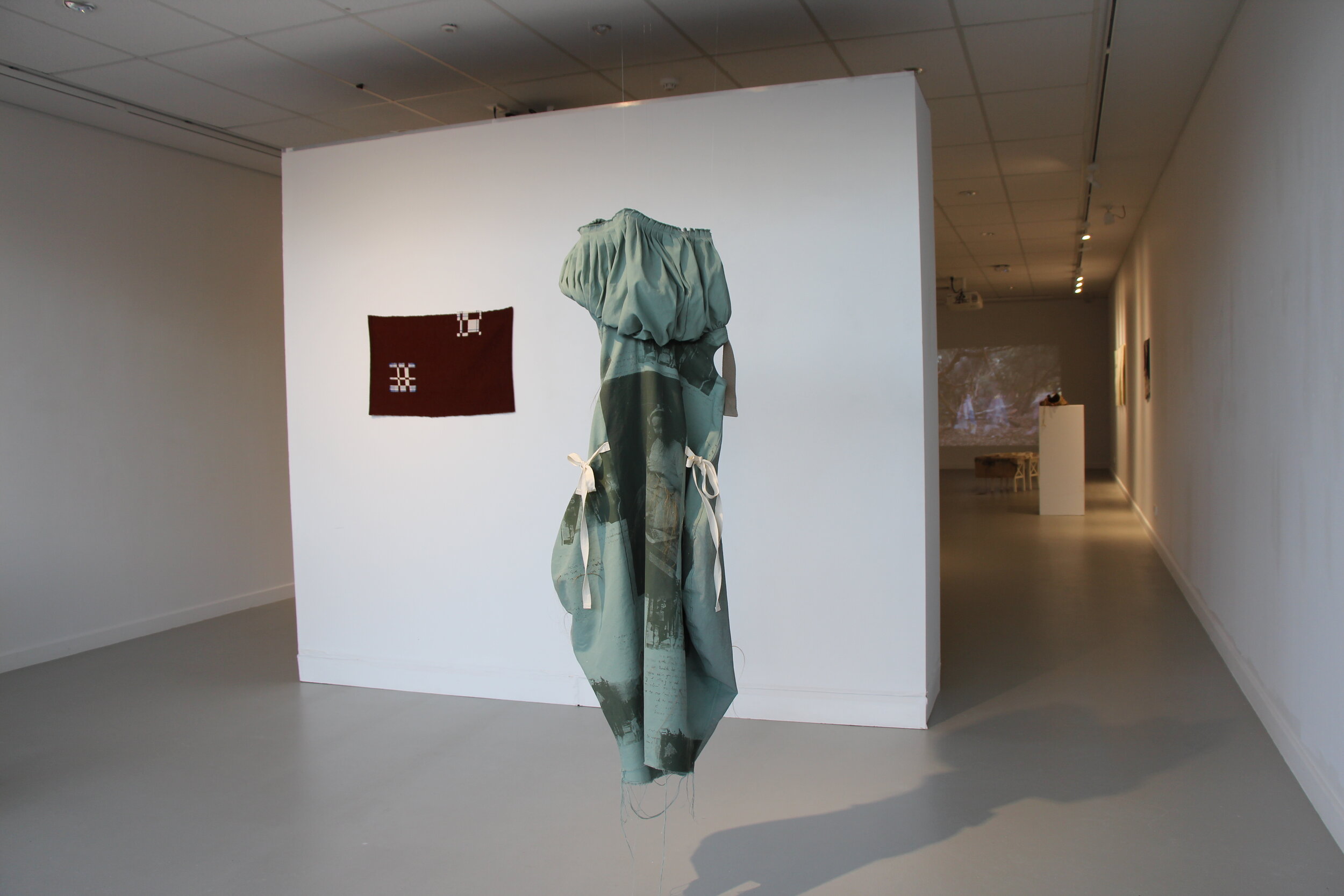



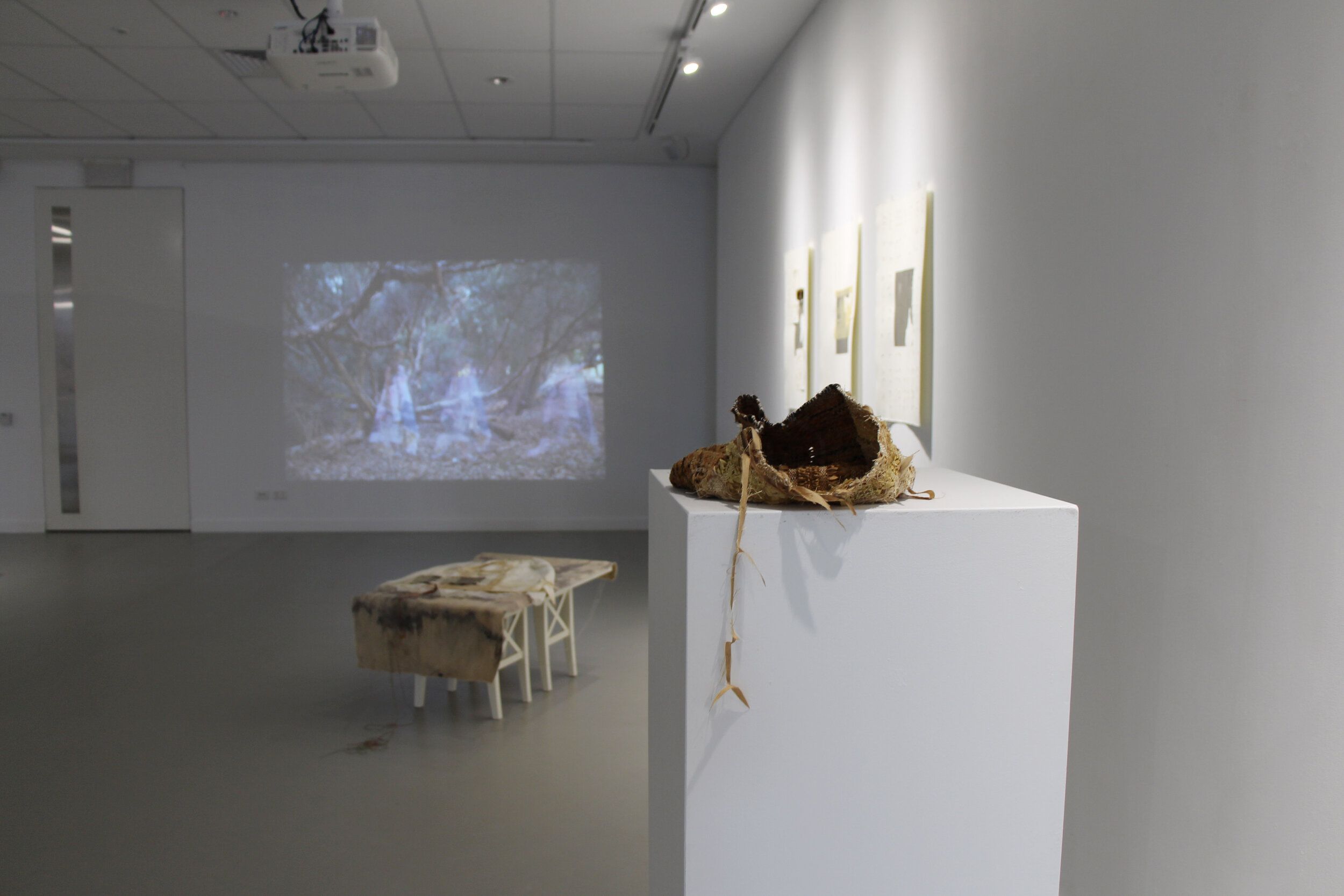









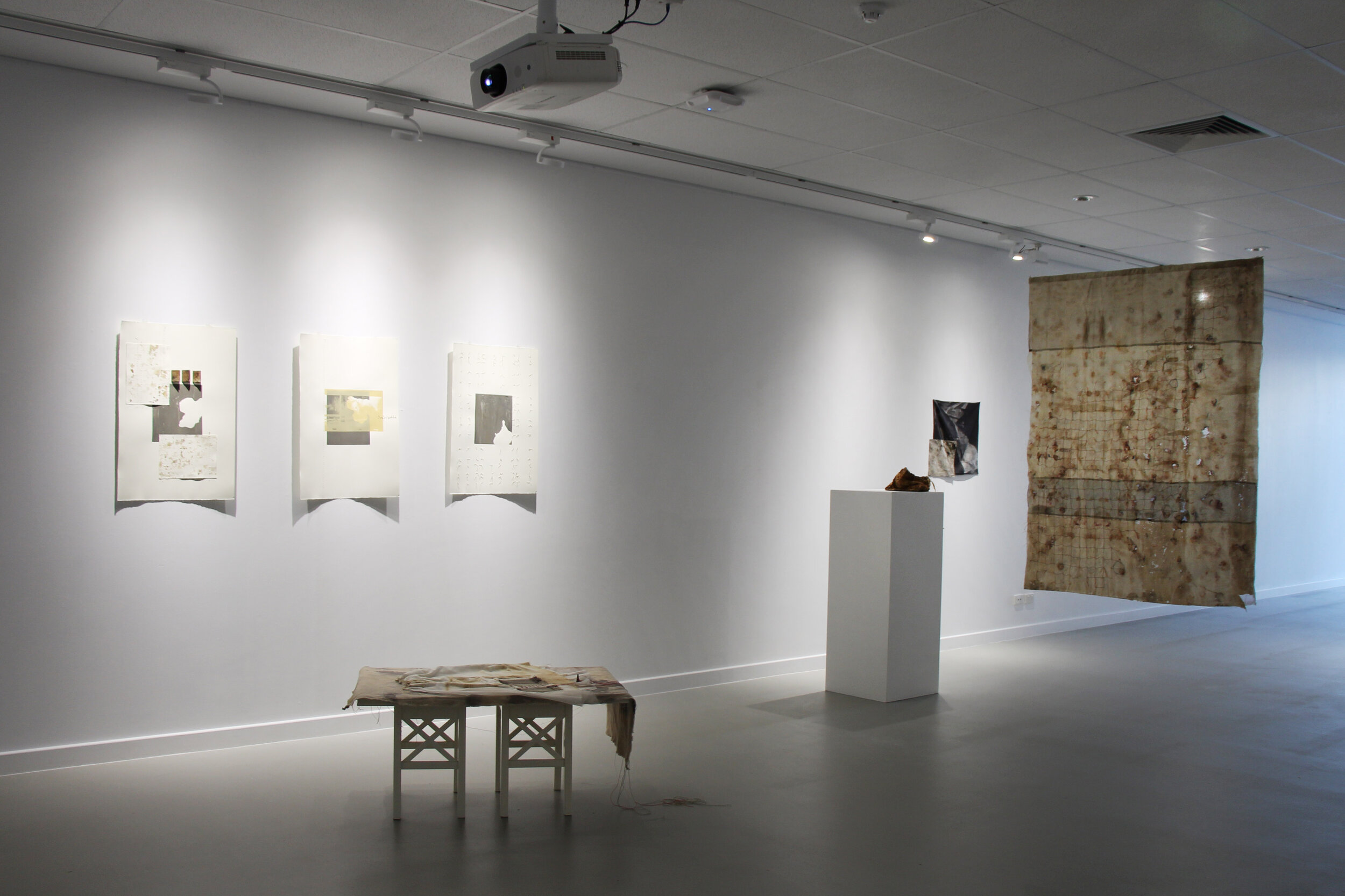





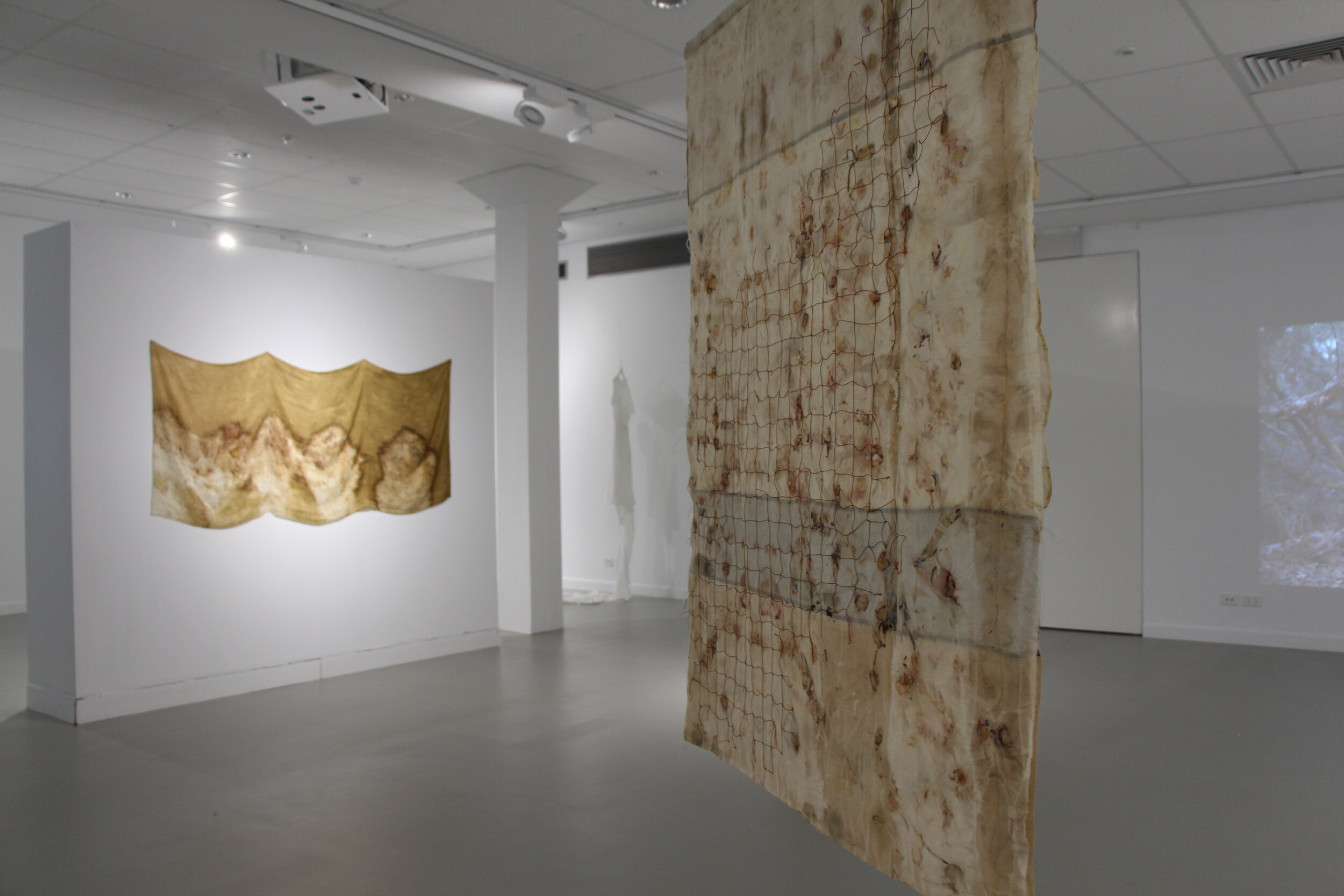

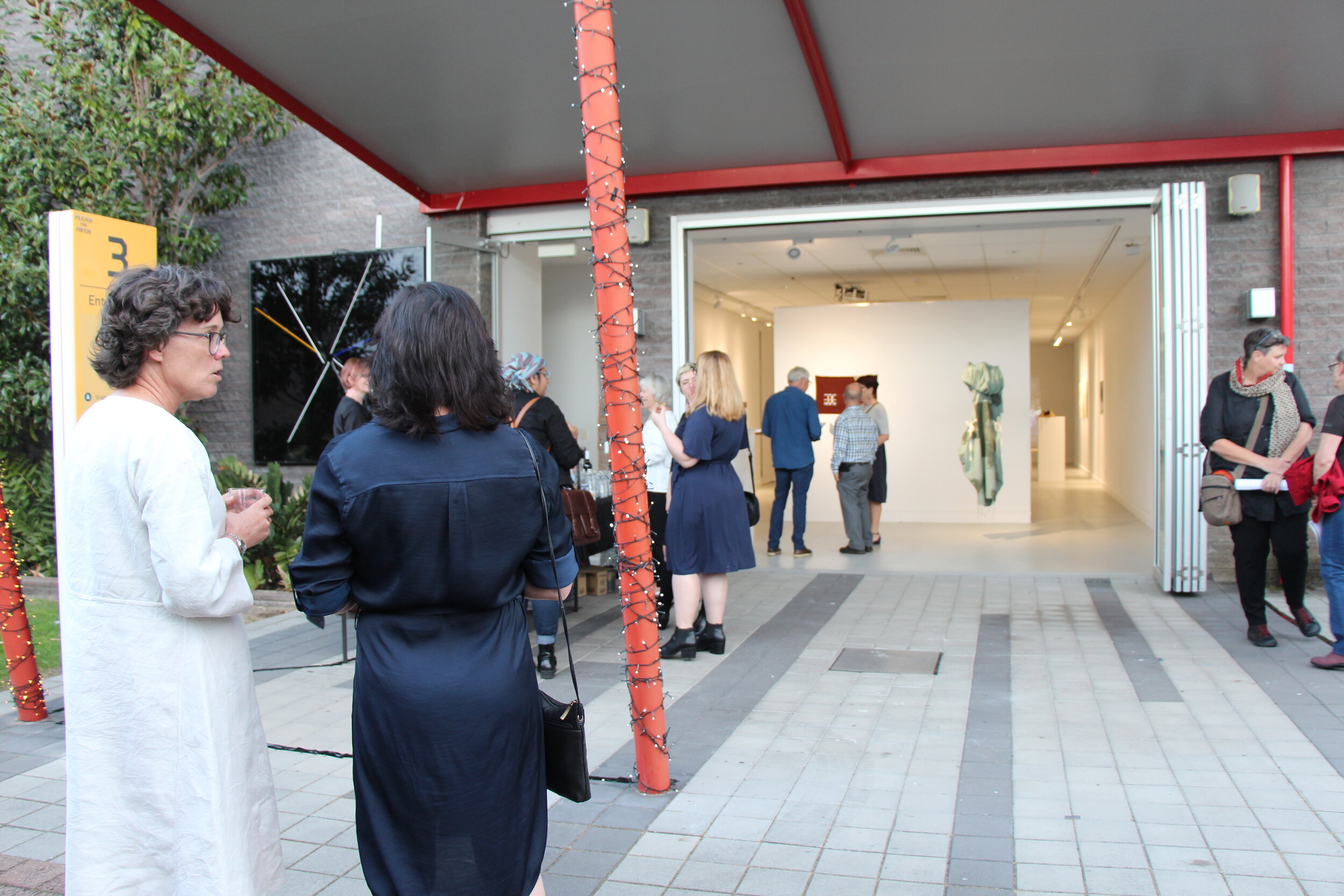




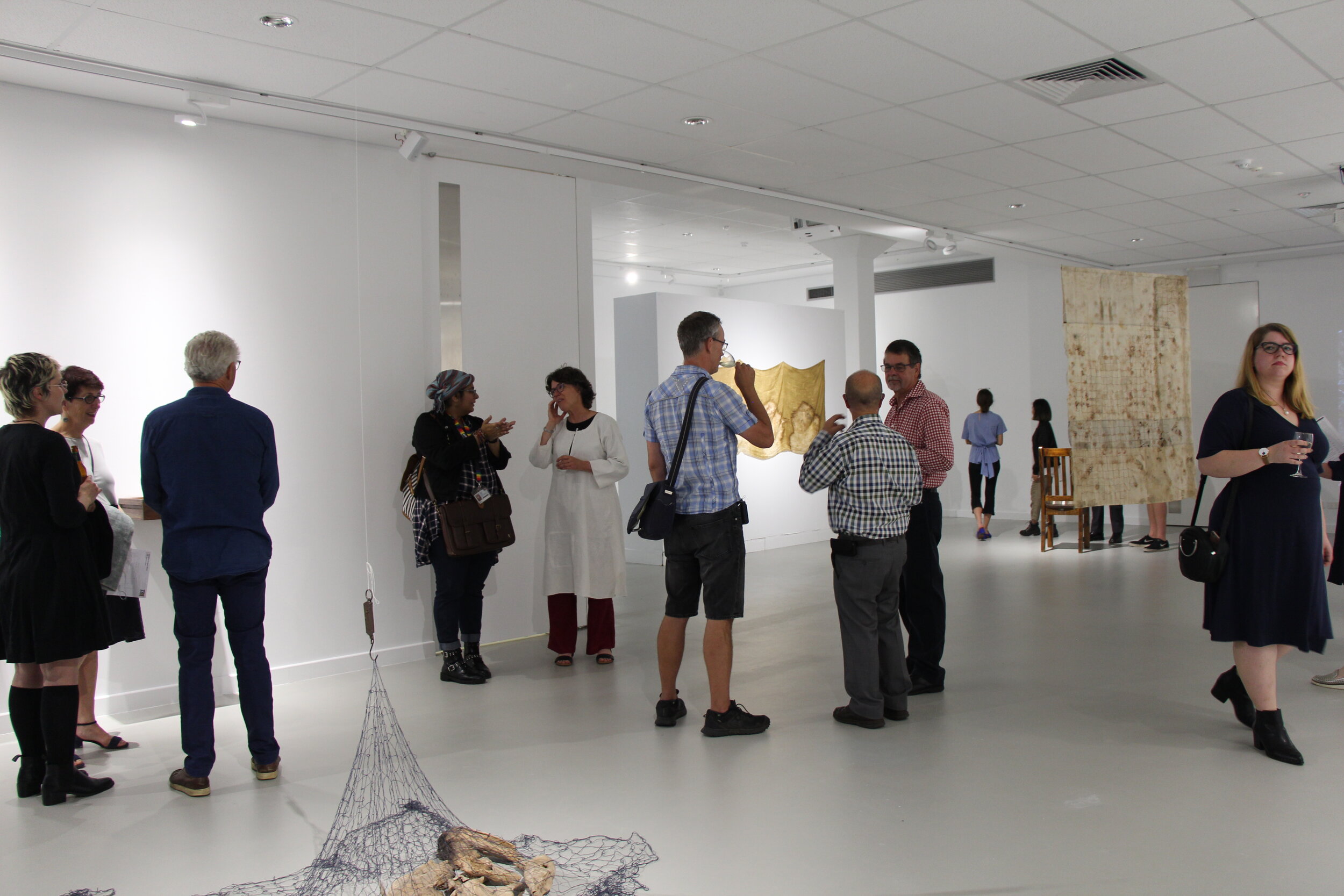






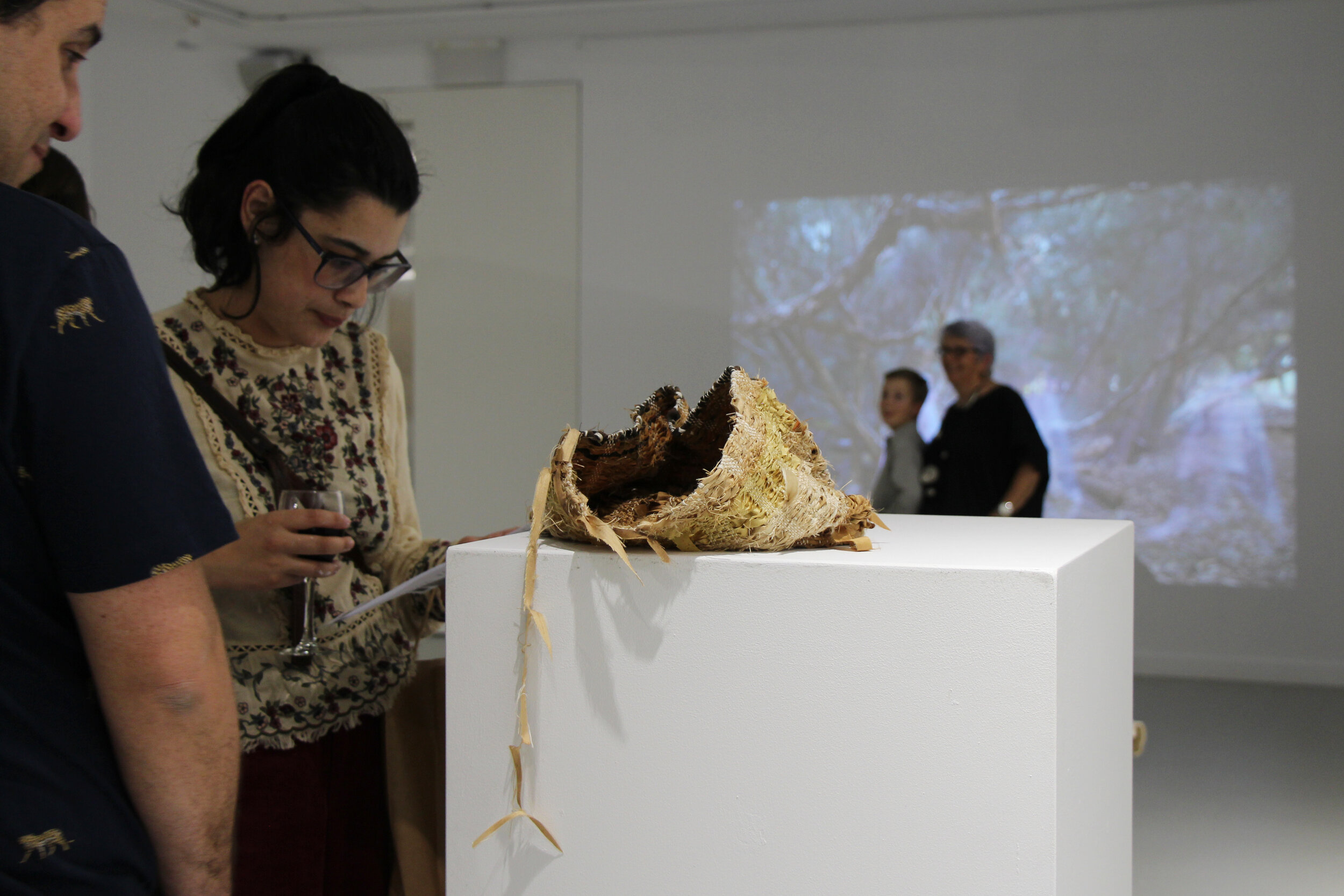
Fragmented Memories
Ruth Halbert and Jane Ziemons
13th - 27th September 2019
The artists acknowledge the Traditional Owners and Custodians of the Country on which the artwork was made, the Whadjuk people and Pibbulmun and Menang people of the Noongar nation. We recognise their continuing connection to and ownership of the land and water. We pay respect to Elders past, present and emerging.
Two artists build a working relationship through sharing the processes of materialising memory: a collaboration to engage and challenge.
Throughout this collaboration the relationship between the artists, Ruth Halbert and Jane Ziemons, has grown, partly through shared experience of working together, although within separate spaces, and partly on developing a sense of each other through sharing personal memories and the memories collected from others.
Who are we when we no longer exist, but the memories of those we have left behind? Ziemons has a recurring fascination in what we choose to remember and hold onto throughout our lives and in turn what others remember when they think of us. The significant events, the fleeting moments, the sadness, the conversations. There is often a disconnect between what we would want people to remember about us and our inability to control which moments hold significance to others.
The focus of Ziemons’ work in this exhibition resides within a quiet space in which she seeks to develop an understanding of our connection to everyday cloth, mark and stains. How individuals can become ‘attached’ to the everyday such as a handkerchief, a blouse, a broken piece of crockery and what is implicit within these pieces that gives rise to this level of deep connection when other objects and used pieces of cloth are tossed into the bin with little regard.
How are memories embedded in place? For Halbert, the recent memories of being a student on this campus, provoked by Ziemons’ invitation to work together here, lead to meditations on place and what it is to recall (or to imagine, as Bachelard[1] suggests). She turned to old samples and incomplete pieces to play with intuitively, and so unfurled a creative space where decades of technical practise and tactile, haptic knowledge of materials could emerge through hands and feeling, and then be observed, and worked with in a spirit of remembering.
Since moving to the south coast Halbert has been acutely aware of her body in a space defined by forest, stone and water. This physical experience of being specifically located overlays her life-long sense of not belonging to this land which has an immeasurable wealth of culture recently brusquely scraped away but still embedded in every lilt of landform, every moon shadow (profoundly conveyed by Bella Kelly[2] in her paintings) and now being reclaimed by the Custodians. In the making of these works Halbert reflects on place, both in her past and where she is now while remembering.
When working with a technique such as hand weaving, the slow progress builds through many repetitions and as the kilometres of yarn pass, end to end, through the hands so memories are both laid down and uncovered. Tracks of stitching, knots of netting all punctuate and trace remembering and forgetting. Indivisible from the contribution of her hands’ work is the contribution of the materials, of the structure (which may contain another story altogether) and of the colours and marks which express unmistakably where the work comes from/belongs to.
Finally, the relationships between the works, together at last in the gallery, and their interaction with viewers, coalesce briefly, for future memory.
[1] Bachelard, G. 1958. The Poetics of Space.
[2] http://www.bellakelly.com.au/paintings.html
Ruth Halbert is an interdisciplinary artist working with textile processes, installation, text, and storytelling. She uses traditional textile hand-making practices with local and found materials to explore spaces between the often polarised realms of conceptual art and functional craft. The subject may be the materials’ qualities and the space they inhabit or a response to a pressing political question. Sometimes it is the expression of time and attention accrued by hand-making a functional, enduring cloth. Since graduating from Edith Cowan University, Ruth has undertaken artist residencies in Australia and Sweden and exhibited in Perth and regional Western Australia. She lives on the south coast of WA.
A graduate of Contemporary Fashion and Textiles from Edith Cowan University and a Scottish born Australian artist and educator, Jane Ziemons has an interdisciplinary arts practice that encompasses the development of narrative textile collections and utilises traditional printmaking techniques along with slow stitch and sashiko embroidery. She has developed a practice that values intensive research, experimental mark making and the value of deep reflection.
Having spend three decades travelling through a variety of locations including the UK, Africa, North America and Australia, Jane has a deeply emotional approach to her work and considers the creation of art to be akin to the making of a new home in a foreign land. She thoughtfully creates work with the intention to provide the viewer with a moment of deep connection to cloth and the self. https://www.janeziemons.com